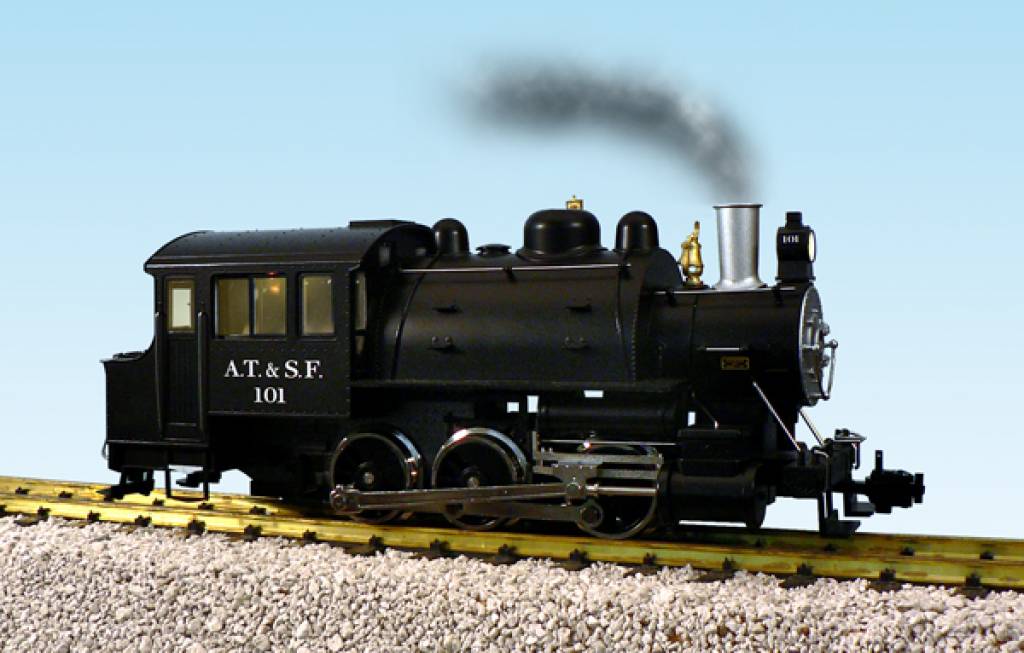I am trying to wrap my head around the various ways of doing sound and control. I had in my head the way I thought was correct for me, but it’s still rather confusing and I’m not sure now if my ideas are realistic or the best way.
If I should go forward with this hobby I know I want 2 or 3 engines running at the same time and independent both in speed and direction. Two of the units would be USA Trains diesels probably GP38-2 and one would be some kind of steam (electric not live) but I have not determined what yet as I will have radius’ to work around. Let’s say the Piko White Pass for now. Initially not what I wanted to see because of that little sliding pickup thing on it, but choices are limited.
Now, the USA Trains seem like they would readily take Revolution, but the Piko? It already has it’s own sound onboard so how would that work?
Using Revolution I understand that it would be a constant track voltage (24v) and Phoenix has recommended a P8 sound board for that configuration. I have to assume that if Rev can be added too the Piko then the onboard sound would not work at a constant voltage, but can this Piko unit be made to take a Rev and a Phoenix board modification? This gets to be confusing for me. It seems there is no real standard here between brands and I wouldn’t want to be stuck with an incompatible set up.
The first equipment I was looking at would be the steam unit. Radius problems not withstanding since I’m still working on making something good fit in a yard that I believe really is too small for this.
Perhaps should be looking at totally different systems for control and sound?
I hope this makes sense.
Thanks.
Bart
